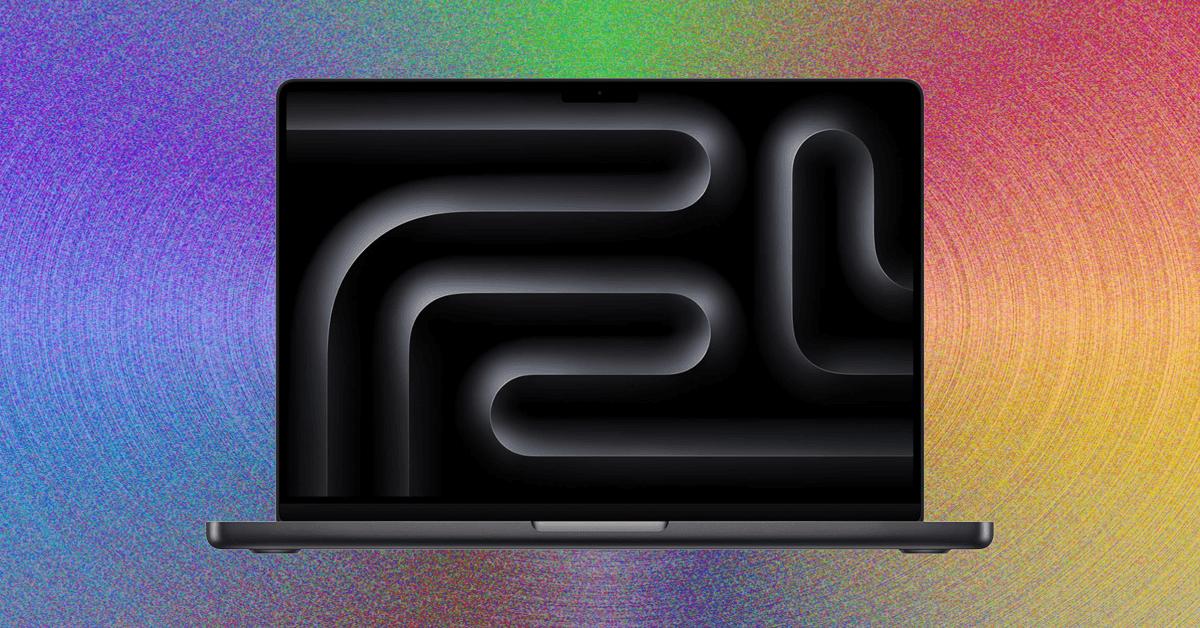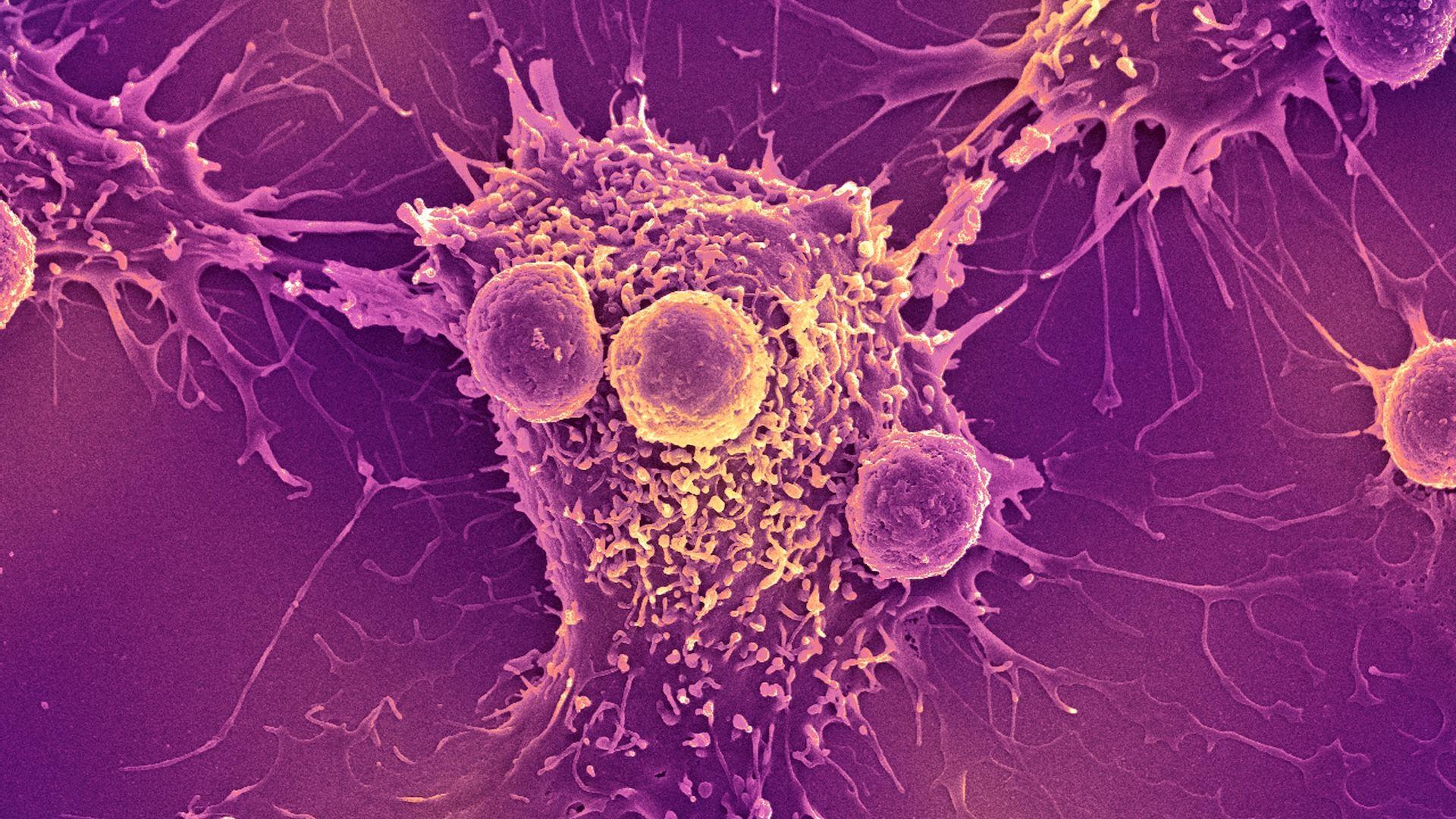It's not as exciting as it used to be, but the M5 MacBook Pro offers another breakthrough in performance.
On the multi-core front, it's also going down to the 10-core you get with the M4 in this MacBook Pro 14.So, if you want more core performance, you'll have to wait for the Pro or M5 Max.But for now, mP multitasking is still news for 17%, and it is not added to the calculation of that mkin.I do not believe.
You can notice the increase in the number of fans, the M4 and M4 Pro/Max, which use two fans.The M5 is still good for the MacBook Pro's card, but it's still high in consumption, and it's a bit high.I think it's the same as the M4 MacBook Pro, but I can't compare it side-by-side.Positive internal temperature.Macbook will cool to 105 degrees under full load.But I've never measured 89 degrees Celsius on the good list.
Memory performance is also an area of improvement that Apple has highlighted, now using the latest PCIe Gen 5 standard to double SSD read and write speeds.Again, you'll have to compare apples to apples because the M4 Pro and Max models already had higher read/write speeds than the base M4.With an average read speed of around 6,500 MB/s and a write speed of 6,728 MB/s, the memory performance on the M5 is actually slightly higher than the M4 Pro.You can now adjust this to 4 terabytes, up from 2 terabytes in the previous M4 and M4 Pro models.
Pushing AI forward
Although the joy of the M5 continues its results in the performance of the site, its main lightning is in the graphics and AI.Regardless of the idea of Apple's understanding of Apple's implementation, you can do it with a Native AI processor, which can use the properties of AI, and use the AI tool.In the Pro: In AI performance, the M5 has two primary changes.One of them is a fast burial engine, which calls for AI tasks that need to be fast or run in the background, like Apple knows.According to my GeekBench AI Performance, the M5's neural engine is on average 29 times faster than the M4 and about 40 times faster than the M3.
The GPU cores also now include neural accelerators, a feature first seen in the A19 chip in the iPhone 17 (9/10, recommended).The idea is to speed up heavier, one-time AI workloads, especially in applications that already rely heavily on GPU performance, such as video editing software.This is not unlike the Tensor Cores you'll find in Nvidia graphics cores.Workload acceleration is hard to quantify and make definitive claims about, but I noticed the M5 outperforming the MacBook Pro M3 by 5 percent when I ran Geekbench AI on the GPU, even though the M3 Max is the more powerful GPU overall.








